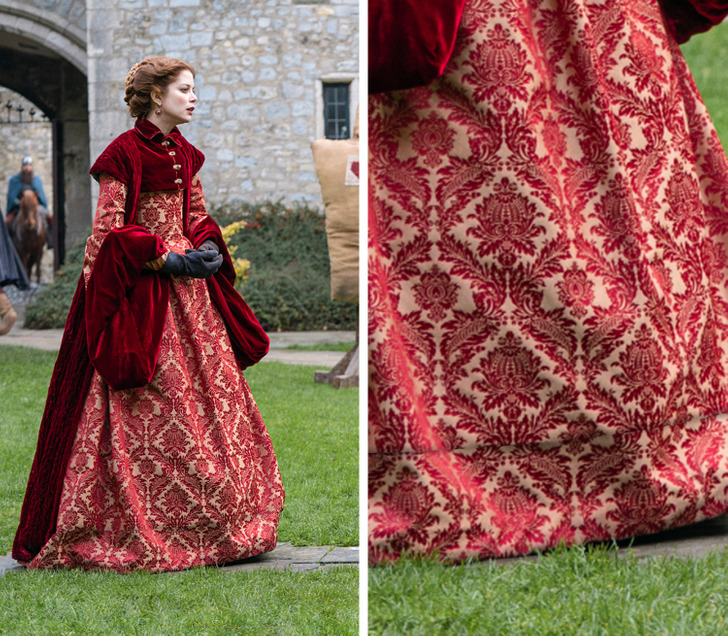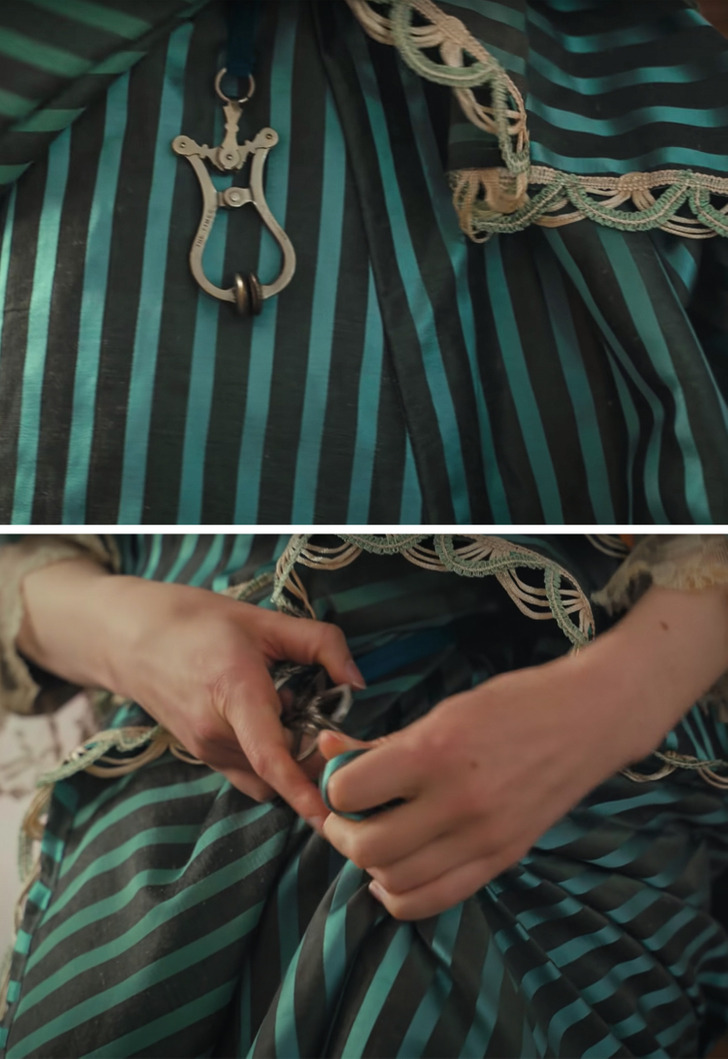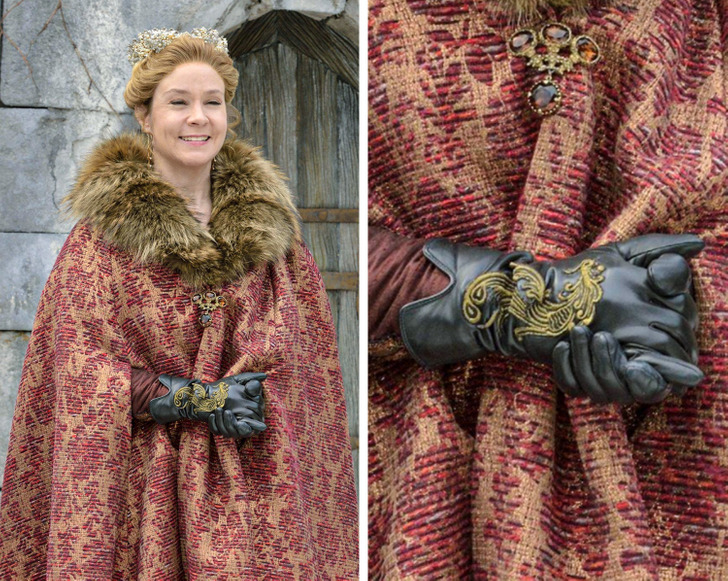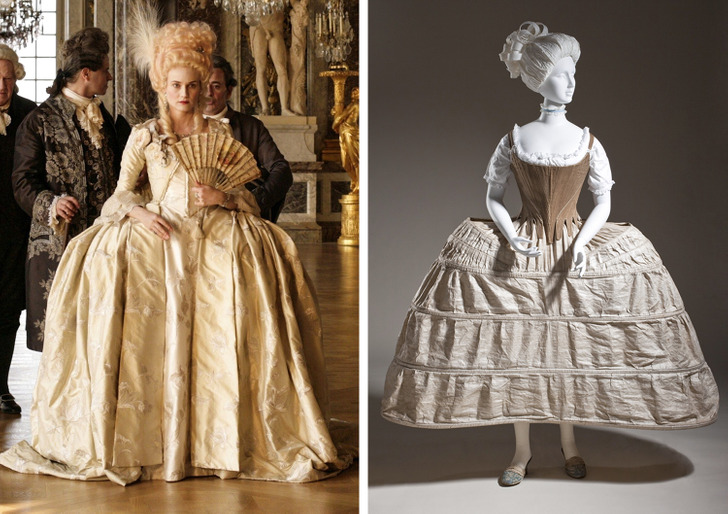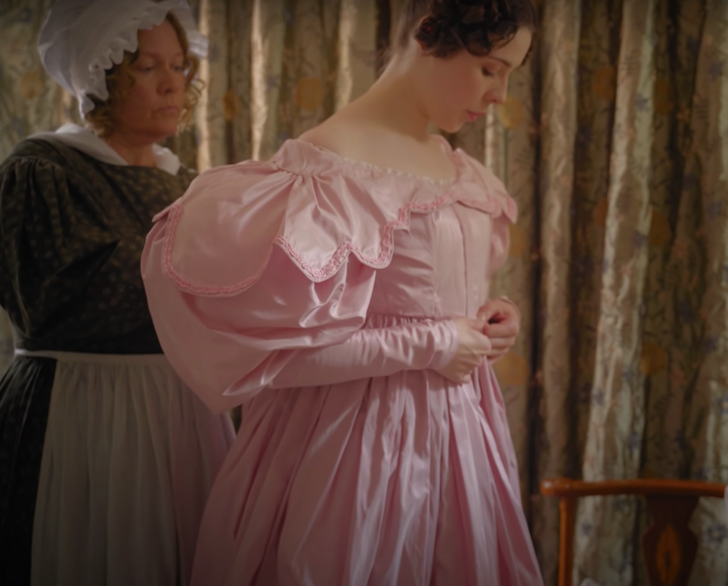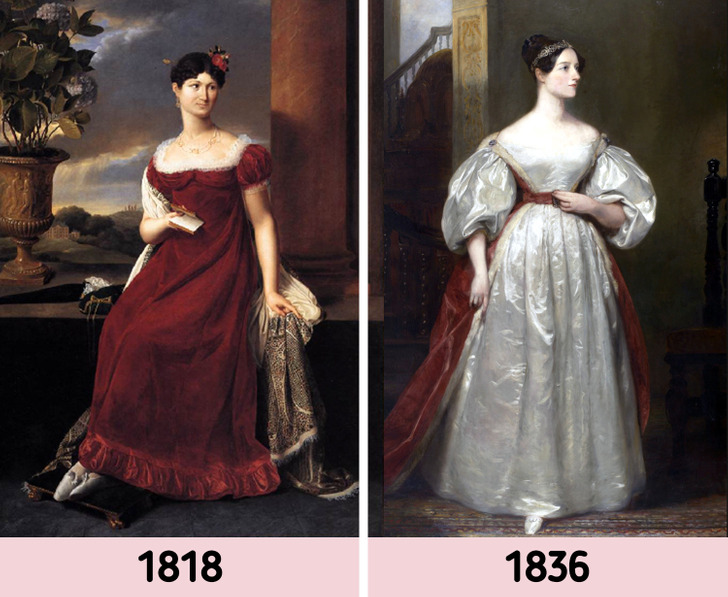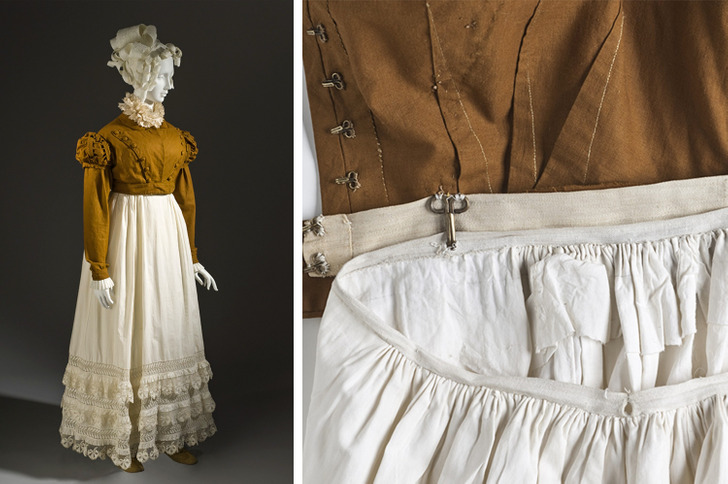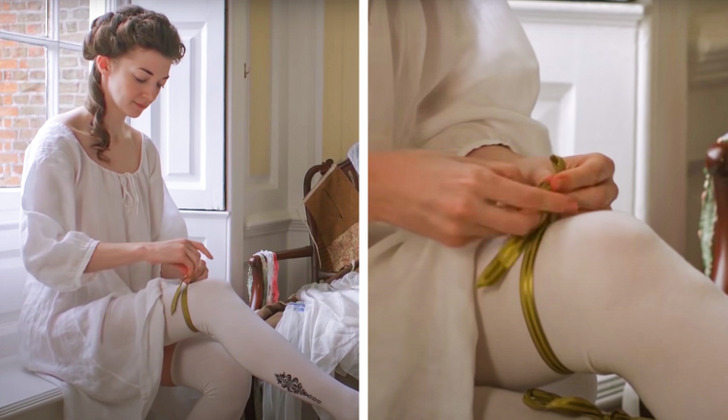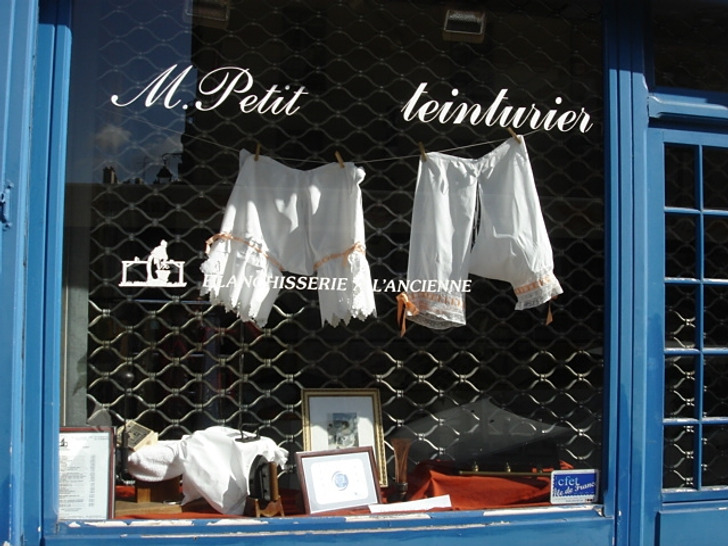9 Tricks Royal Ladies Used to Look Gorgeous in Any Situation
Fashion is the ultimate mirror of time. It reflects different eras’ values and standards. Noble French, English, and Spanish women of the past still amaze us with their gorgeous dresses. But few people know that they hid little secrets behind their clothing, and we’re going to tell you all about them.
The lateral crease on the dress helped women adjust the length.
Spanish dresses of the Renaissance era have one interesting detail. It’s the barely noticeable crease on the hem, below the knee and above the ankle. You can see it on the portraits of Spanish ladies of the sixteenth century. For example, Isabella Clara Eugenia, the daughter of Philip II of Spain, wore such dresses both when she was a child and as an adult. The crease was used to adjust the length of the dress when girls grew up.
Secret skirt grips allowed women to move easily in dresses with a train.
At the end of the nineteenth century, dresses with trains were very popular. They looked great, but weren’t always comfortable to wear. In order to give women more freedom in motion, secret grips were used. For example, a long skirt could be lifted and fixed. It gave more drapery, still looked as it was supposed to, and made the lives of women so much easier.
Scented gloves helped with the unbearable stench.
Catherine de’ Medici set the trend for special gloves only rich people could afford. She didn’t use them for warmth or style, but to deal with the stench in the street. Pomegranate, orange blossom, jasmine, and violet were mixed with animal fat and boiled. After that, the gloves would be dipped into the liquid and left to dry.
This accessory quickly became very popular, and they still exist, produced by Guerlain.
Wide skirt frames were used to make the waist look narrower.
In the eighteenth century, during the rise of the rococo style, panniers became popular again. They were lighter than before, worn with long chemises and loose skirts.
The contrast between the waist and the skirt was important for 2 reasons. First, it helped ladies to look more slender. And any extra weight was hidden, as corsets appeared in order to hide the body shape. It gave support for the back and helped tuck in the belly. Also, the wider the skirt, the richer the owner looked. Poor women wore starched skirts.
There were pillows in the sleeves to highlight the waist.
The ladies of the nineteenth century would wear dresses with big sleeves and put special pillows inside them, tied to the dress. The pillows helped hide the real size of the waist — with them, it looked smaller, so big-sized sleeves were popular among noble women.
The waistline indicated whether a lady knew enough about the fashion trends or not.
In 1815, England started to follow French fashion trends: women started wearing high-rise dresses. The waistline reached its peak, right under the chest, in 1816-1817. Almost right after, in 1818, it started to go down quickly and lost about an inch every year, and by 1826, it reached its normal location.
Spencer
A Spencer is a jacket with long sleeves. Originally, they were short coats, worn by men on top of their clothing. There’s a legend that it was named after George Spencer, the Second Earl Spencer, who is reported to have had a tail-coat adapted after its tails were burned by coals from a fire.
From the 1790s to 1820s, Spencers became popular among ladies. They were combined with dresses made of muslin to protect the owners from the cold. The length depended on the height of the skirt: a Spencer was supposed to end neither higher nor lower than the waistline. The skirt was attached to the jacket from the inside with small hooks.
Garters
Women would wear stockings just over the knee, made from wool, cotton, silk, or a mix. Satin ribbons would be tied above the knee to hold the stockings, and if a lady needed to go for a walk or a dance, the ribbon would be tied under the knee.
Pantaloons
Soft thin muslin dresses of the 1800s were quite tight and revealed the true silhouette. Basically, they were like chemises. In order to keep warm, ladies needed to wear underwear. Pantaloons, already worn by men, were a great thing for women too.
At first, their length reached the ankles. The first pantaloons for men had separate pant legs attached to the waist, not sewn together. Pantaloons were made from light flesh-tone knitwear. Maybe this is why women were often pictured without underwear in paintings from that time period.
What item of clothing seemed, in your opinion, the most uncomfortable?
